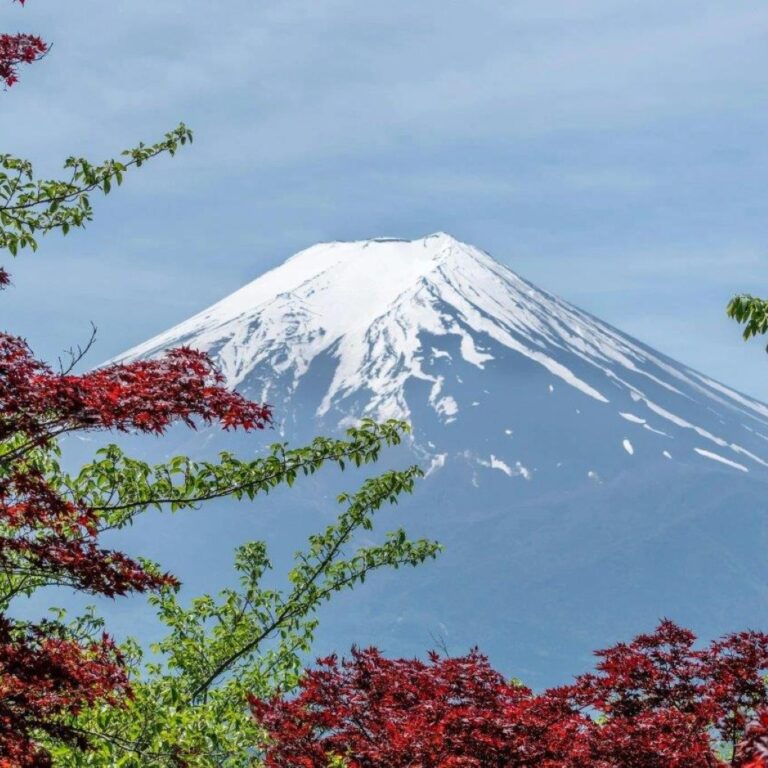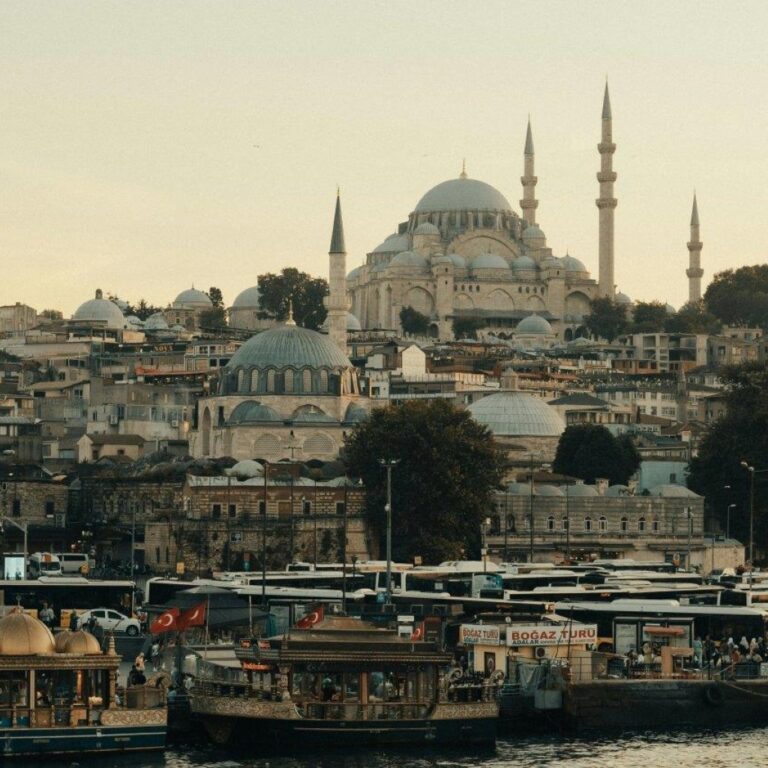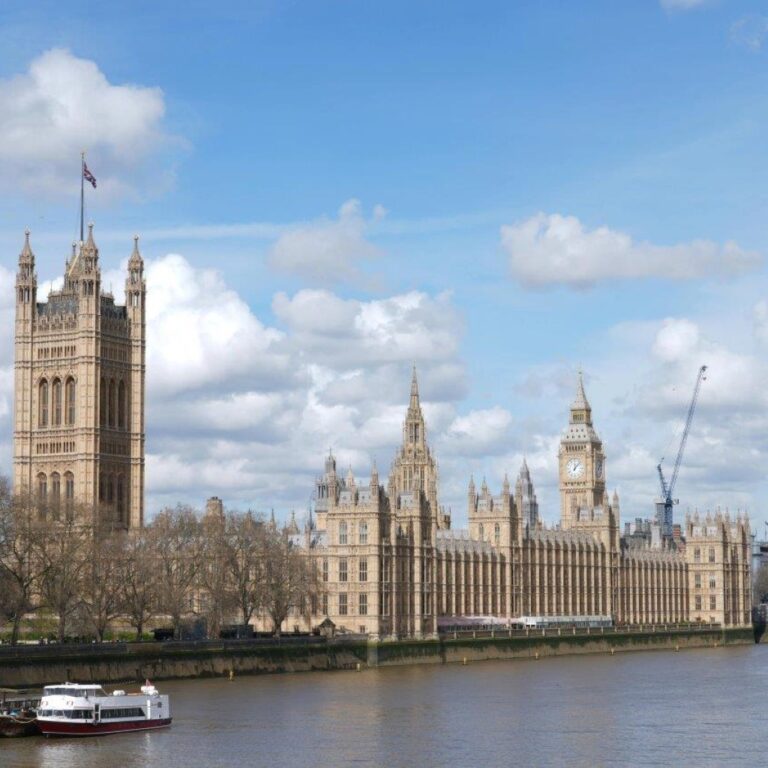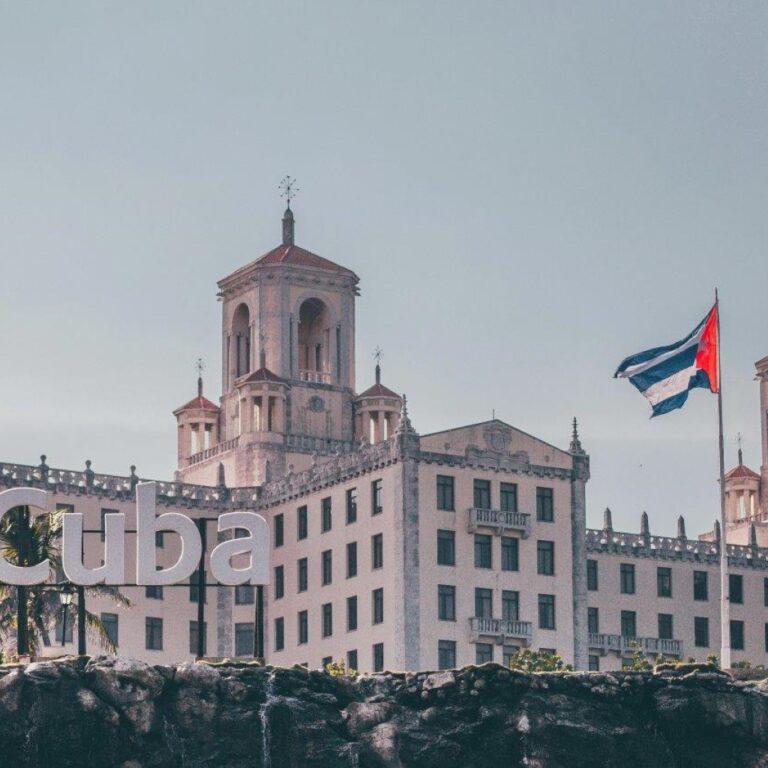Mount Fuji is the highest mountain in Japan, standing at 3,776 meters (12,389 feet) tall.
The mountain is an active stratovolcano, with its last eruption occurring in 1707-1708, known as the Hoei eruption.
Mount Fuji is located on Honshu Island, about 100 kilometers (62 miles) southwest of Tokyo, and can be seen from the city on clear days.
The mountain is part of the Fuji-Hakone-Izu National Park and is surrounded by five beautiful lakes: Kawaguchi, Yamanaka, Sai, Motosu, and Shoji.
Mount Fuji is considered one of Japan's Three Holy Mountains (Sanreizan), along with Mount Tate and Mount Haku.
The mountain has been a site of pilgrimage for centuries, with thousands of people climbing it each year, particularly during the official climbing season from July to September.
There are four main trails leading to the summit of Mount Fuji: Yoshida, Subashiri, Gotemba, and Fujinomiya, each offering unique experiences and views.
The sunrise seen from the summit of Mount Fuji is known as 'Goraiko' and is considered a spiritual and awe-inspiring sight by many climbers.
The mountain has inspired numerous works of art, literature, and photography, including the famous woodblock prints by Katsushika Hokusai and Utagawa Hiroshige.
Mount Fuji is a UNESCO World Heritage Site, designated in 2013 for its cultural significance as a sacred place and source of artistic inspiration.
The mountain is often depicted with a snow-capped peak, which typically lasts from October to May, adding to its iconic appearance.
The Fuji Five Lakes area offers various recreational activities, including hiking, boating, fishing, and hot spring bathing.
Mount Fuji's symmetrical cone shape is the result of several volcanic eruptions over thousands of years, creating layers of lava, ash, and other volcanic material.
The mountain has a crater at its summit, which is about 600 meters (1,968 feet) in diameter and 200 meters (656 feet) deep.
Mount Fuji is a popular subject in Japanese culture, symbolizing beauty, strength, and endurance, and is often featured in poems, songs, and films.
How useful was this post?
Click on a star to rate it!



